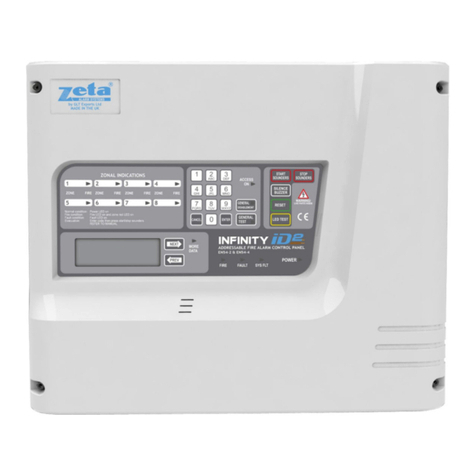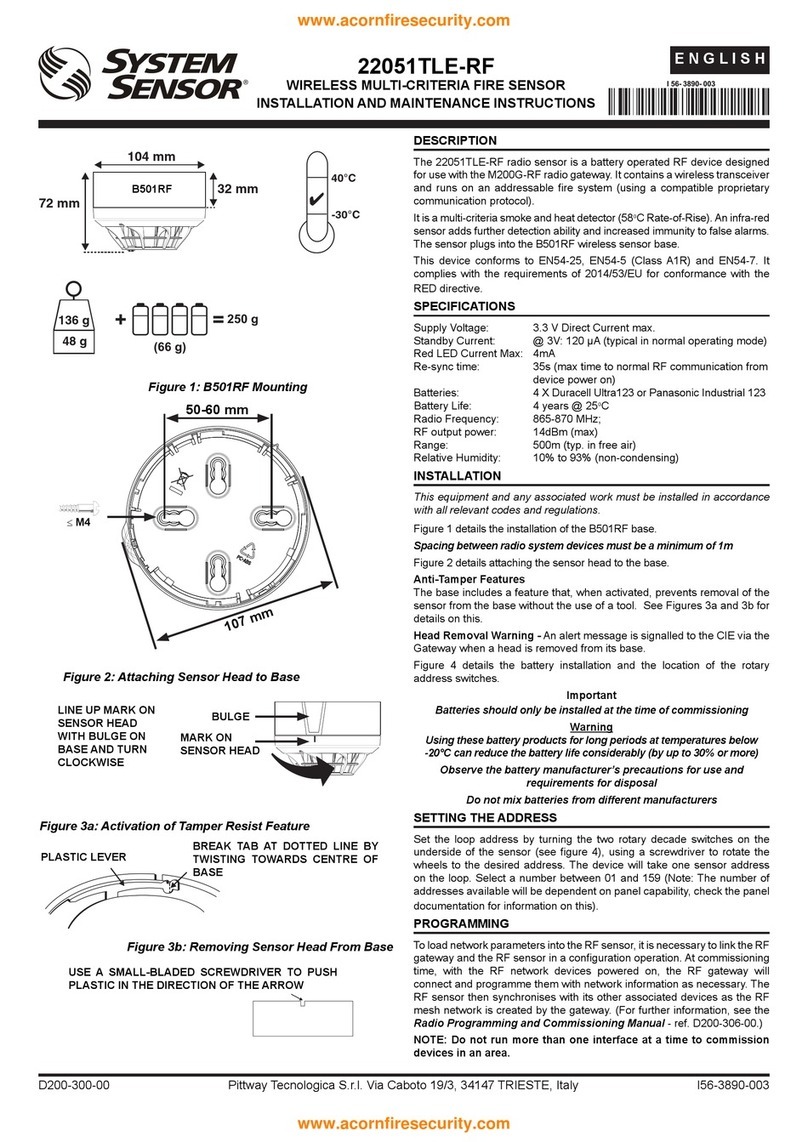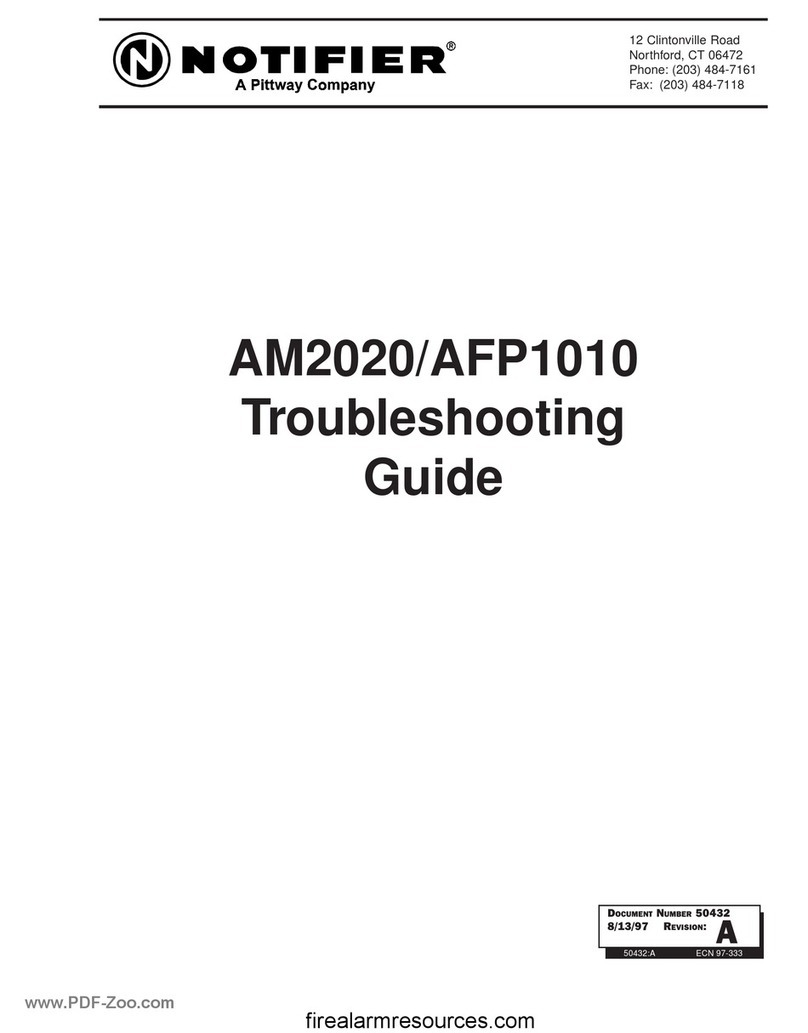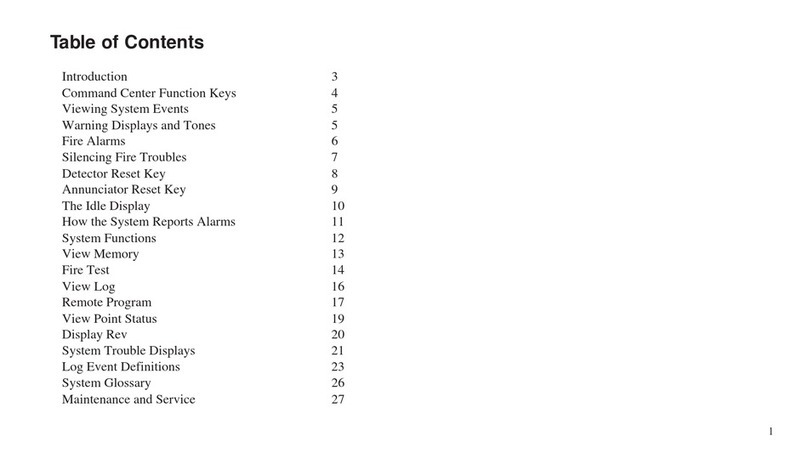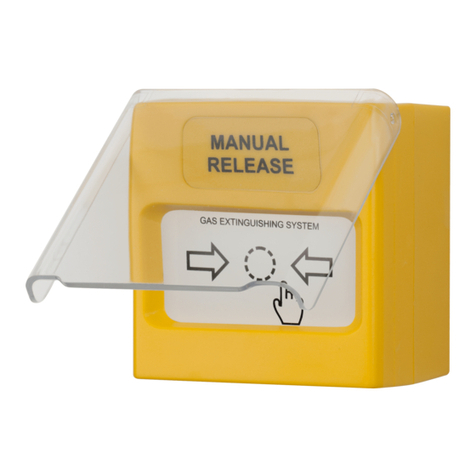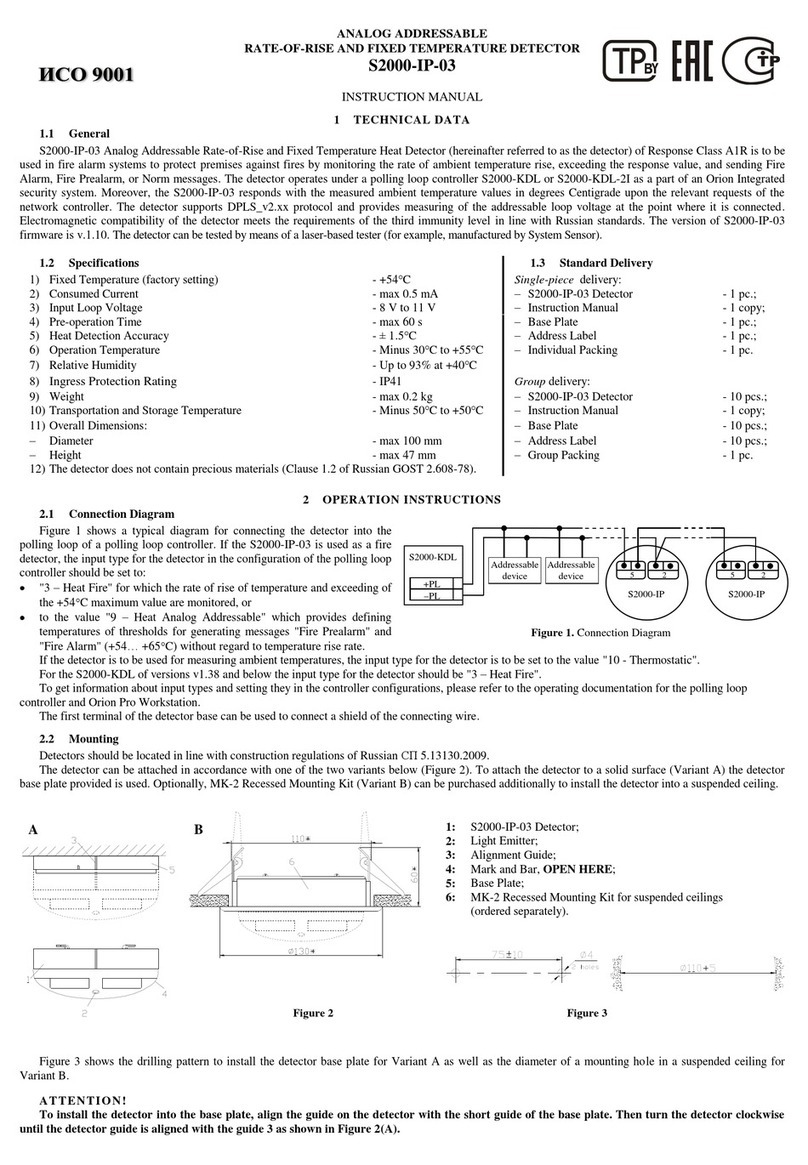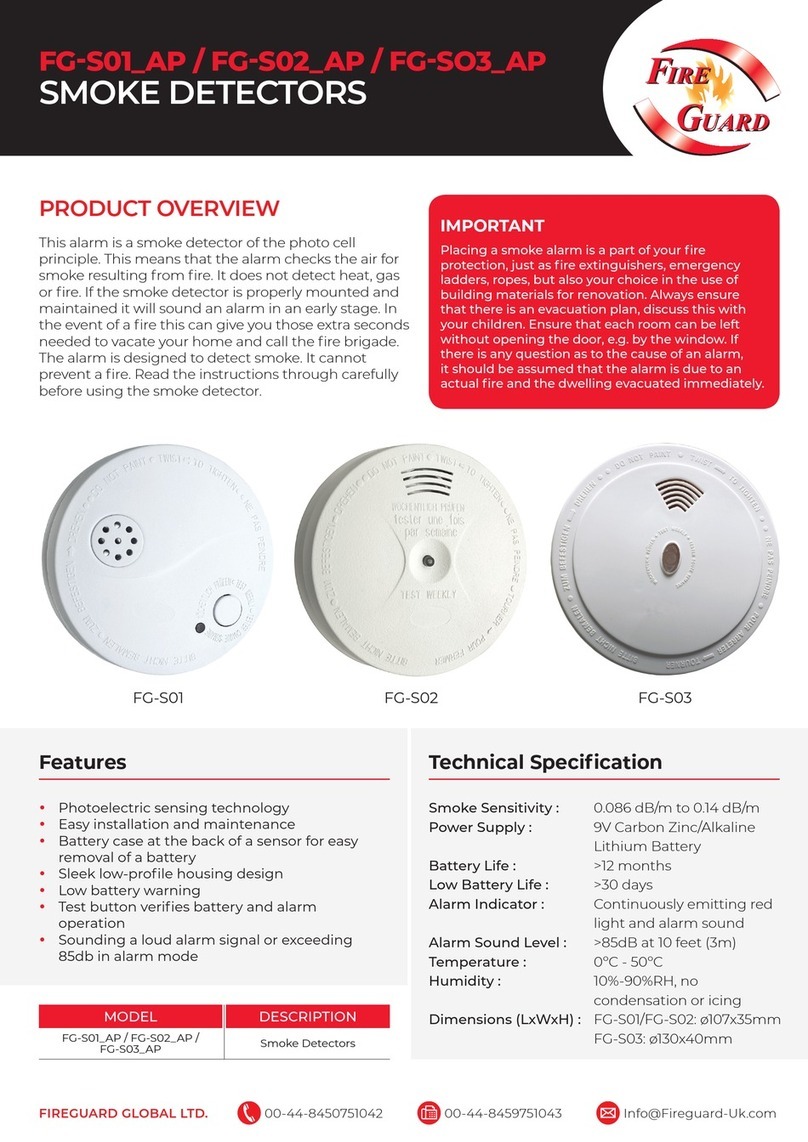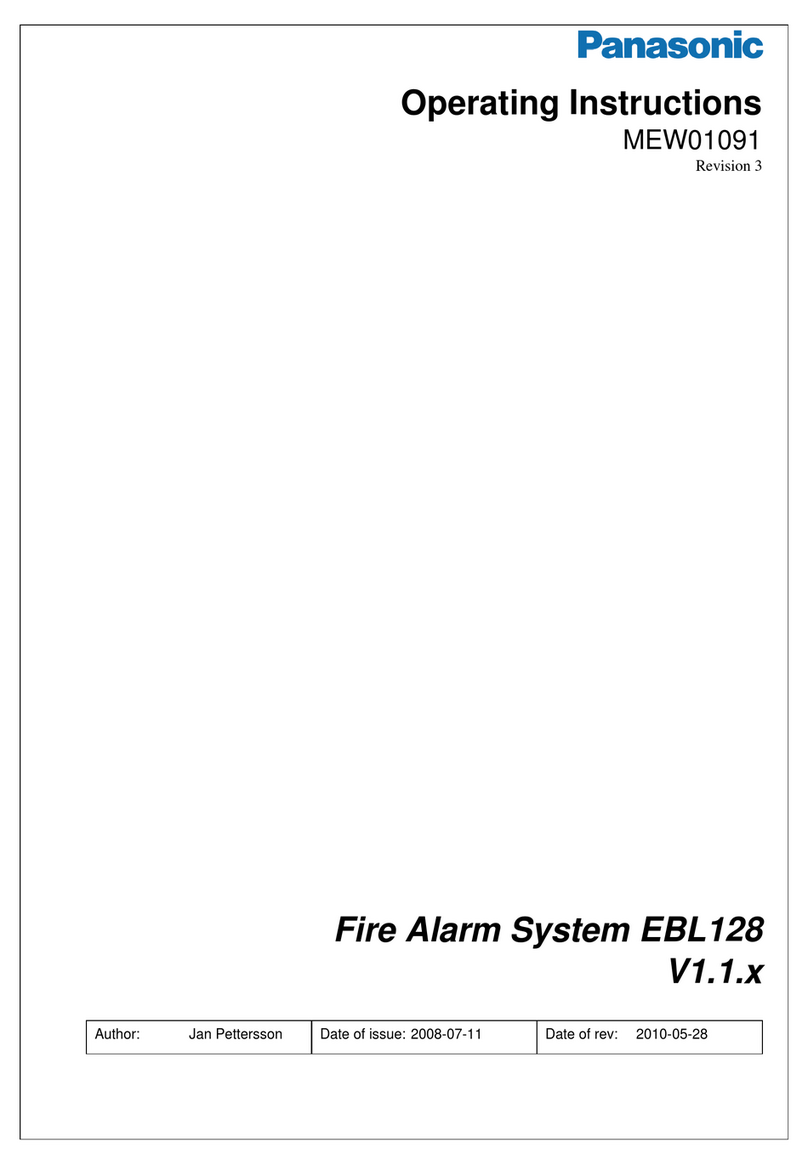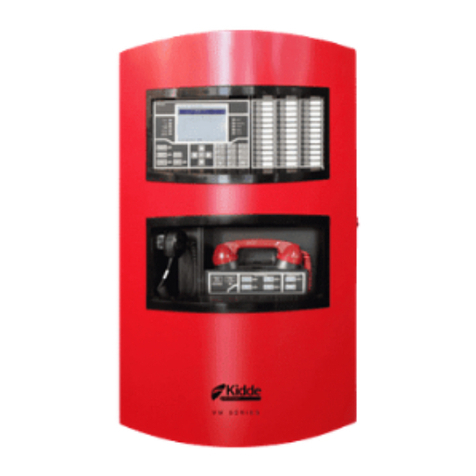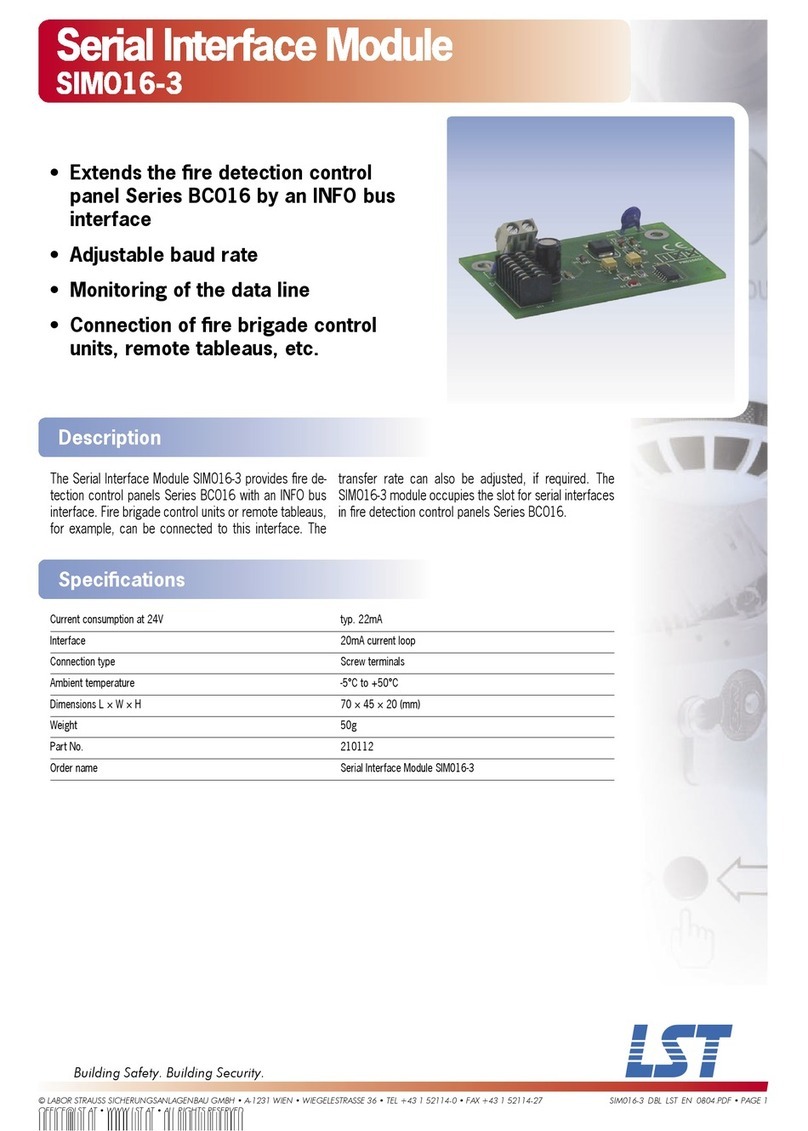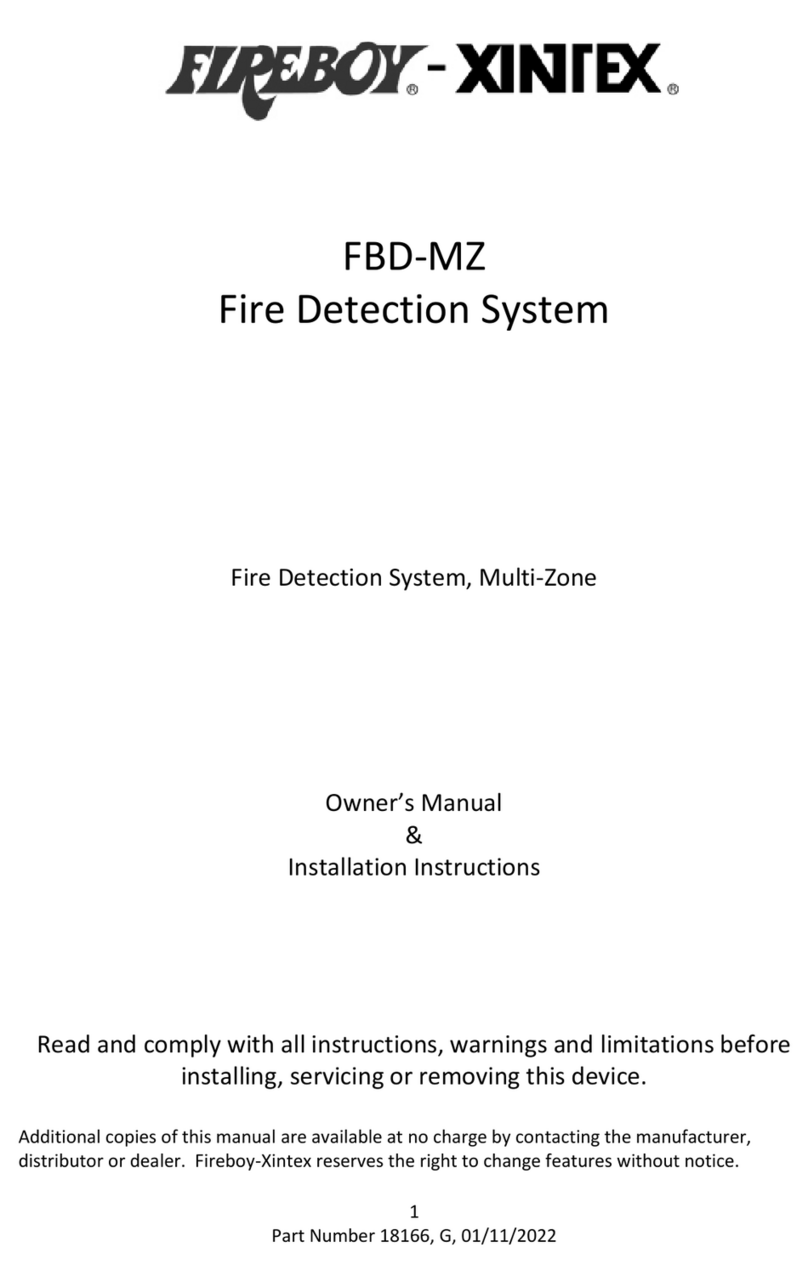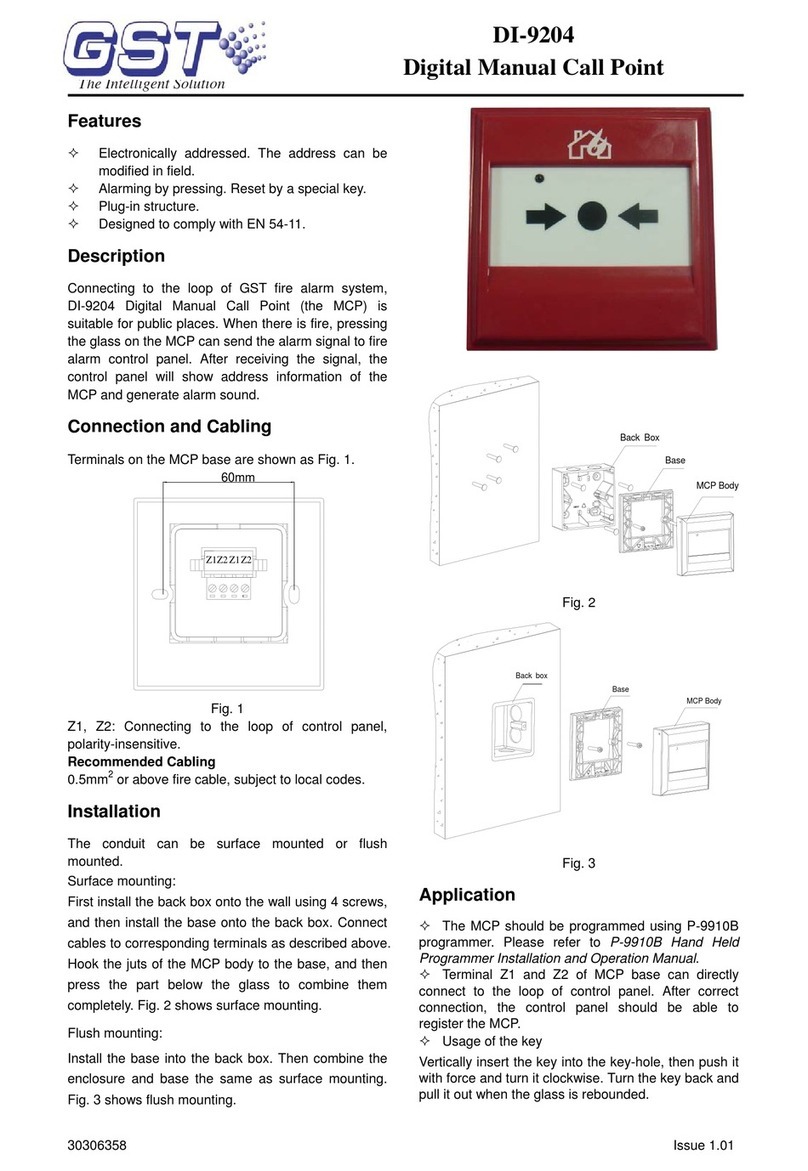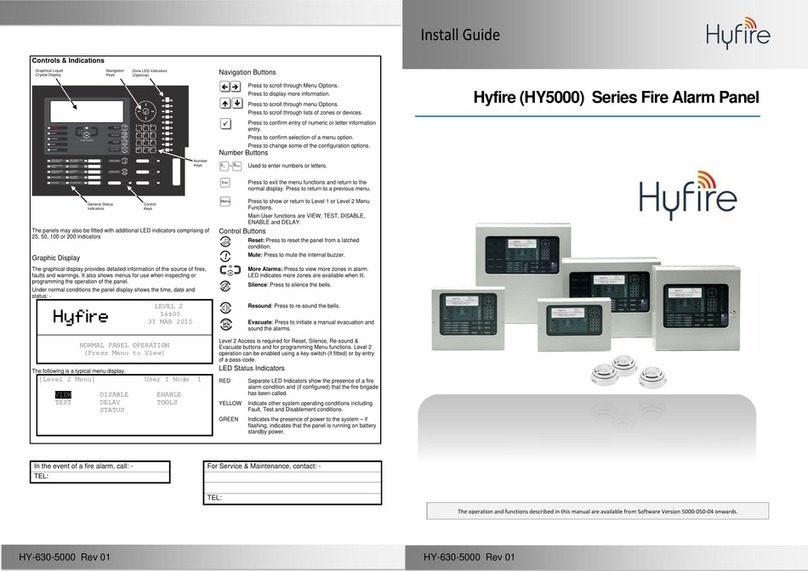CENTAUR – ANSWERING YOUR CALL –
Page 8
88
8 Guide 2 Edition 7 Sydney 20/11/2000
Types of losses include:
•Connector Loss. Every connection made, although having electrical continuity, will
add a small amount of loss, typically 0.5 dB to 1.0 dB. A poor termination or poor
quality connector can create even higher losses.
•Cable Loss. Every metre of cable used, although again having electrical continuity,
will add some amount of loss at radio frequencies, typically 0.5 dB/metre, for RG58U
coax (pictured left). A 6 metre run of RG58U coax will introduce 3 dB of loss. Long
runs may require the use of a more efficient coaxial cable such as RG213 which has
typically half the loss of RG58U. The max. possible length of a coax run and therefore
the loss induced, depends primarily upon the level of signal you have to start with.
•Antenna Loss. Inefficiencies in antenna construction also add loss.
•Voltage Standing Wave Ratio (VSWR). VSWR (or SWR as it is commonly called)
is a measure of an installation’s ability to radiate all of the power from the transmitter
into the air via the antenna.
When the impedance (similar to resistance) is not uniform along the path that the
signal travels out to the antenna, impedance mismatches occur. These mismatches
cause some of the power to be reflected back down the coaxial cable and into the
transmitter where it is dissipated as heat in the radio’s electronics. This is wasted
power. These mismatches can be caused by, amongst other things, poor installation
procedures and untuned antennae. Therefore the antennae will come pre-tuned to the
mid-band frequency of all bases used in the RF system. No cutting or tuning of the
antennae will be necessary.
A VSWR of 1:1 is ideal and shows NO mismatches. If the installation guidelines are
followed, then the VSWR of the antenna and installation should be close to 1:1.
6. About Antennae
ØRadiation Pattern And Gain
Each type of antenna has a characteristic radiation pattern that can be plotted using an
RF signal strength meter.
The level of RF energy around an antenna in all planes, can be plotted and depends for a
fixed power level upon the physical construction of the antenna.
Gain is the ability of the antenna to concentrate the power applied to the antenna into a
particular direction. Some antennae, such as a Yagi (see Figure 6 and 7), exhibit gain
over and above a standard issue ½ wave dipole antenna (see Figure 5 and left). This
antenna makes better use of the available energy, somewhat akin to the lens in a
magnifying glass.
If an antenna has a transmit gain in a particular direction then it will also have a
corresponding amount of receive gain in the same direction .


